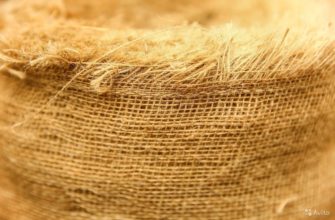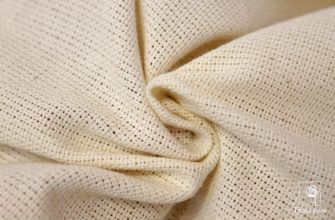Tarpaulin is a thick sailcloth that first appeared in the Netherlands, then in England as a material for sewing sails for sailboats. Currently, the scope of application of tarpaulin is very wide - construction, metallurgy, agriculture, army, personal farms.
What is tarpaulin made of: fabric composition
Tarpaulin (otherwise known as sailcloth) is made mainly from flax, jute, cotton, and sometimes from synthetic material (cheap options). The main difference between tarpaulin fabric and other types is its high density (from 300 to 900 g/m2), which ensures low air permeability, as well as a special impregnation to impart fire resistance or water resistance.
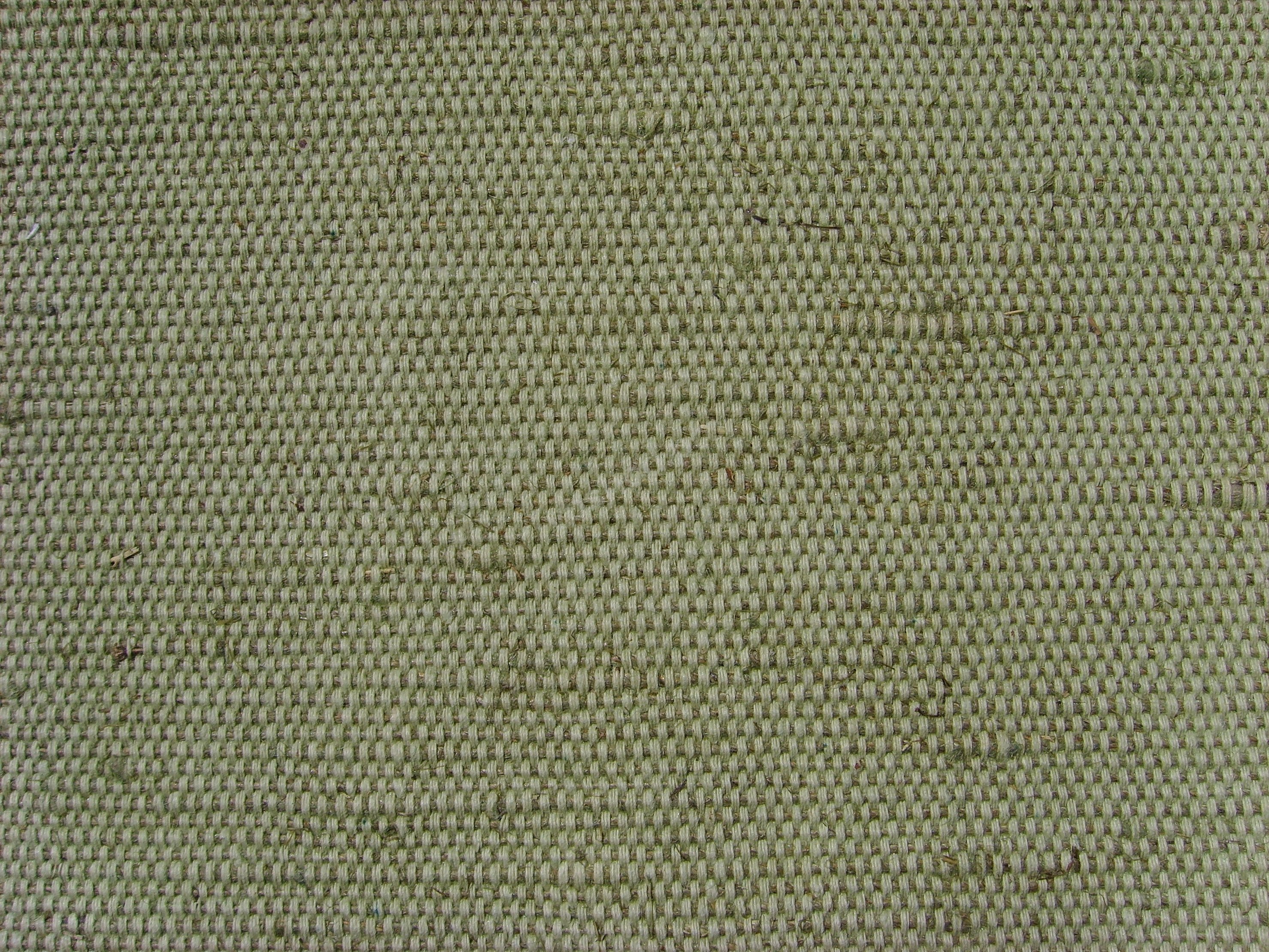
For the production of tarpaulin fabric, relatively thick yarn made from natural fibers is used, which allows achieving high density and other properties of this material.
Why is tarpaulin in demand?
Tarpaulin fabric has a wide range of universal consumer properties:
- high mechanical strength;
- wear resistance;
- low air permeability;
- water resistance;
- fire resistance.
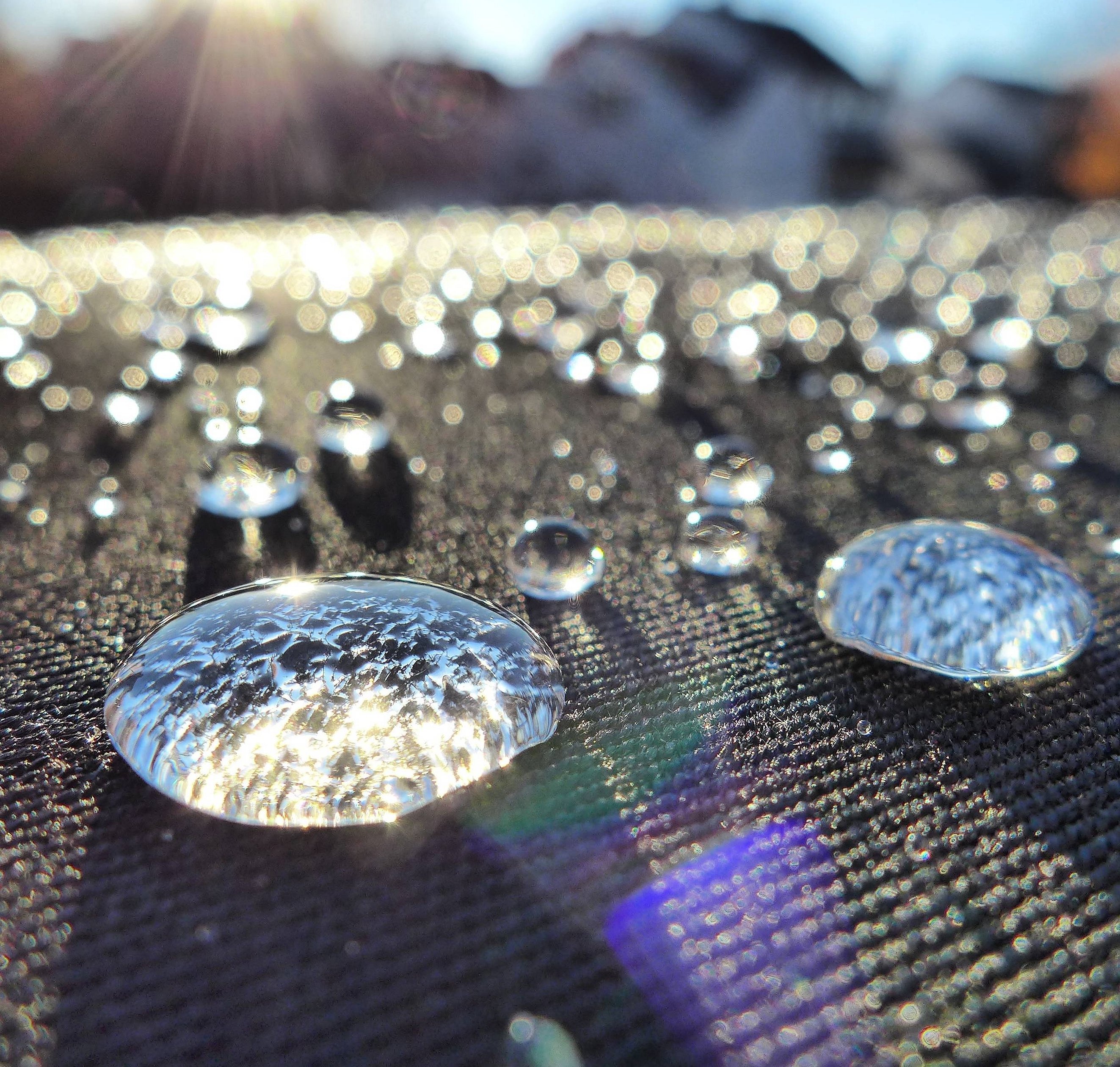
And all these properties are combined with a relatively low cost, which makes tarpaulin popular among both manufacturers and buyers.
Characteristics, description and composition
If we talk about the naturalness of the tarpaulin material, the composition of the fabric is mainly of natural origin - flax, jute, cotton, sometimes synthetic fiber. In most cases, the material is combined, for example, a composition of 50% cotton and 50% flax is widespread, the composition of tarpaulin can include up to 20% synthetic raw materials. More expensive grades of tarpaulin use jute in combination with flax without impurities.
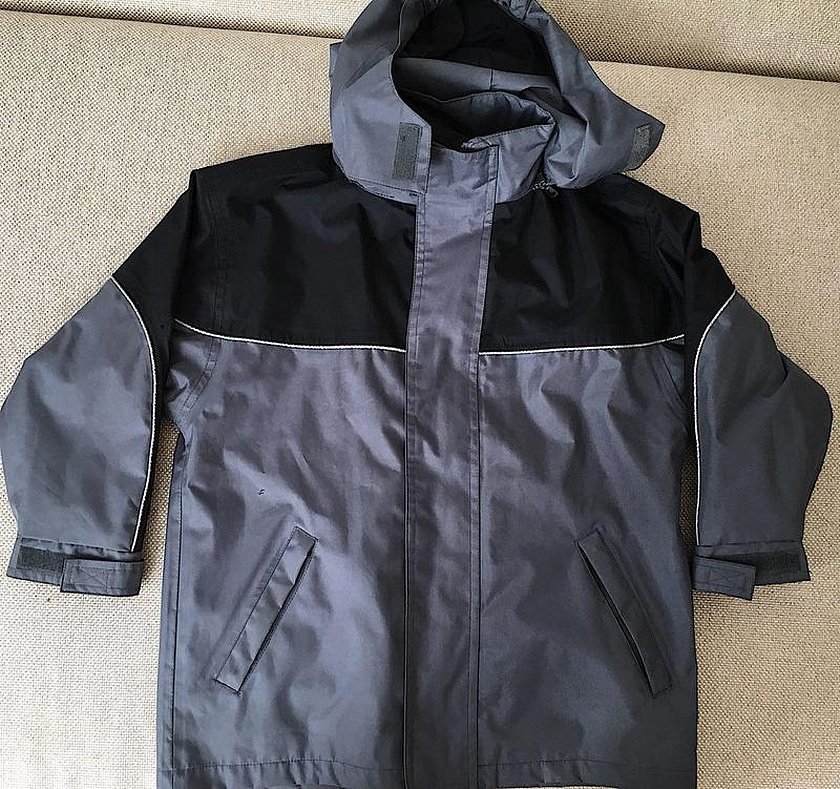
Tarpaulin is sold in rolls, its width varies from 80 cm to 1 meter. Popular colors: khaki, dark yellow, straw color, etc. Some colors are due to impregnation. Also available for sale is tarpaulin fabric Leroy from China, covered with polyethylene, used for the production of auto awnings, material for covering cars. Can be supplied with rings (eyelets) for ropes.
Compliance with GOST
In Russia, tarpaulin is produced according to GOST 15530-93 (based on the GOST of the USSR era), there are also letter designations indicating the type of impregnation (fireproof, waterproof, etc.), consisting of its first letters. Density according to this GOST is between 350 and 700 g/m2In any case, the tarpaulin contains flax.
Important! It is necessary to select fabric for different needs, based on the characteristics of impregnation, density, as indicated by the articles and letters in the name.
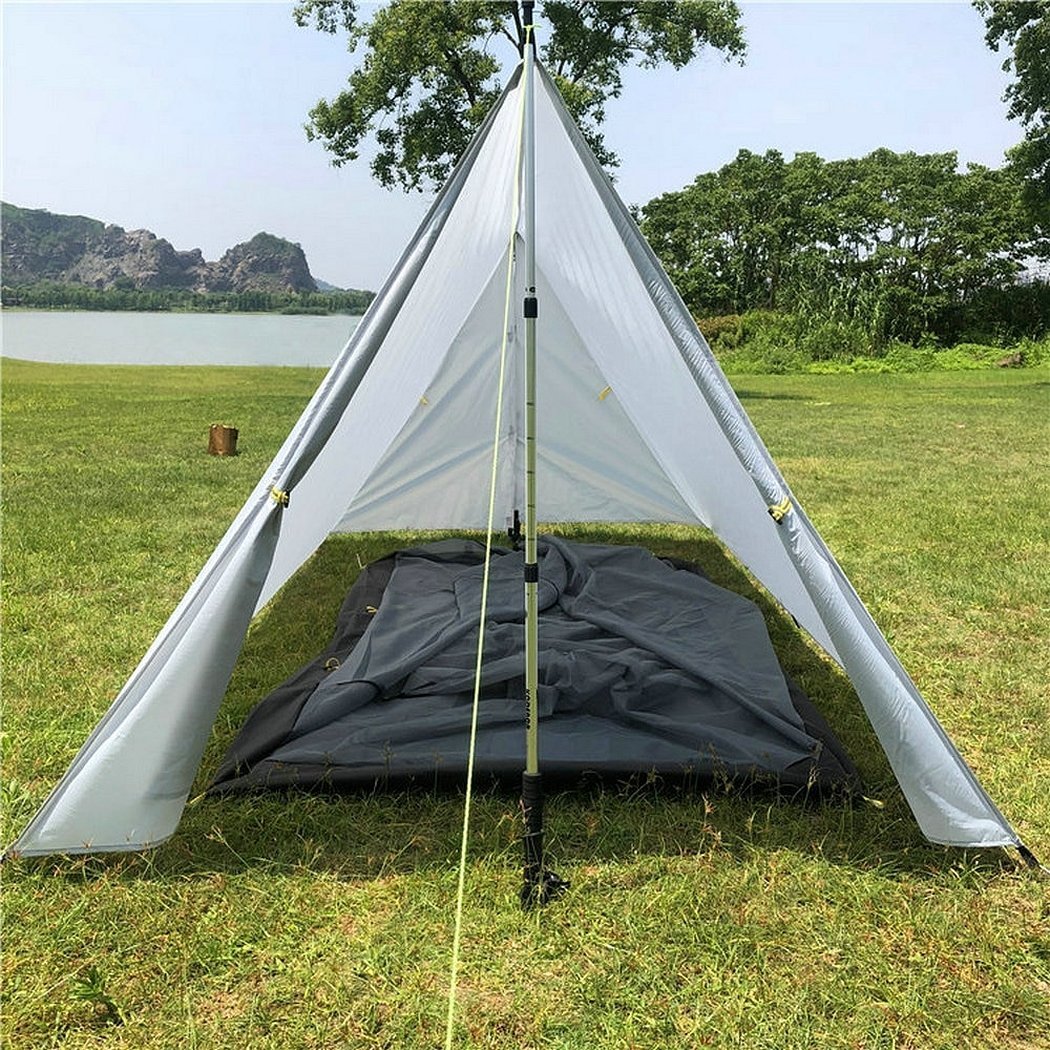
What is it impregnated with?
Impregnations are chemical substances that give tarpaulin fabric certain consumer properties. Everything depends on the composition - the material can become fireproof, waterproof, etc. The most common types of impregnations are:
- OP – fire protection (density 495 g/m2 , burning time 50 seconds);
- SKVP – light-resistant combined, water-resistant and bio-resistant impregnation;
- VP – waterproof impregnation.
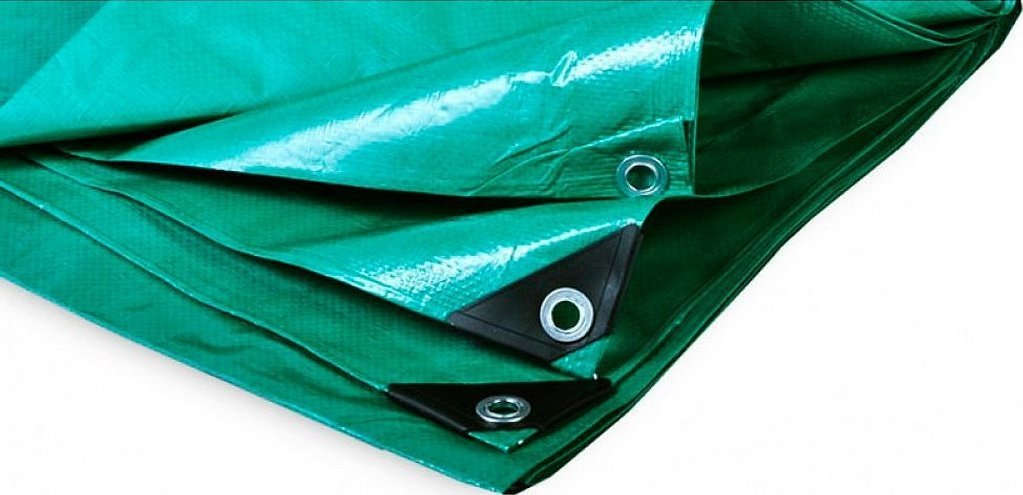
Please note! Impregnations give a certain color to the fabric, for example, waterproof fabrics give a greenish color, fire-resistant fabrics give different shades of brown depending on the temperature.
Application
The use of tarpaulin is extremely wide. It is still used to make sails for yachts, boats and other sailboats. Other uses:
- sewing workwear;
- as a covering material (awnings, tents, shelters, canopies, etc.);
- widely used in the navy, aviation, army (protective clothing);
- in construction;
- in agriculture (conveyors, gloves, bags, etc.);
- in metallurgy (heat shields, special clothing, gloves);
- forestry.
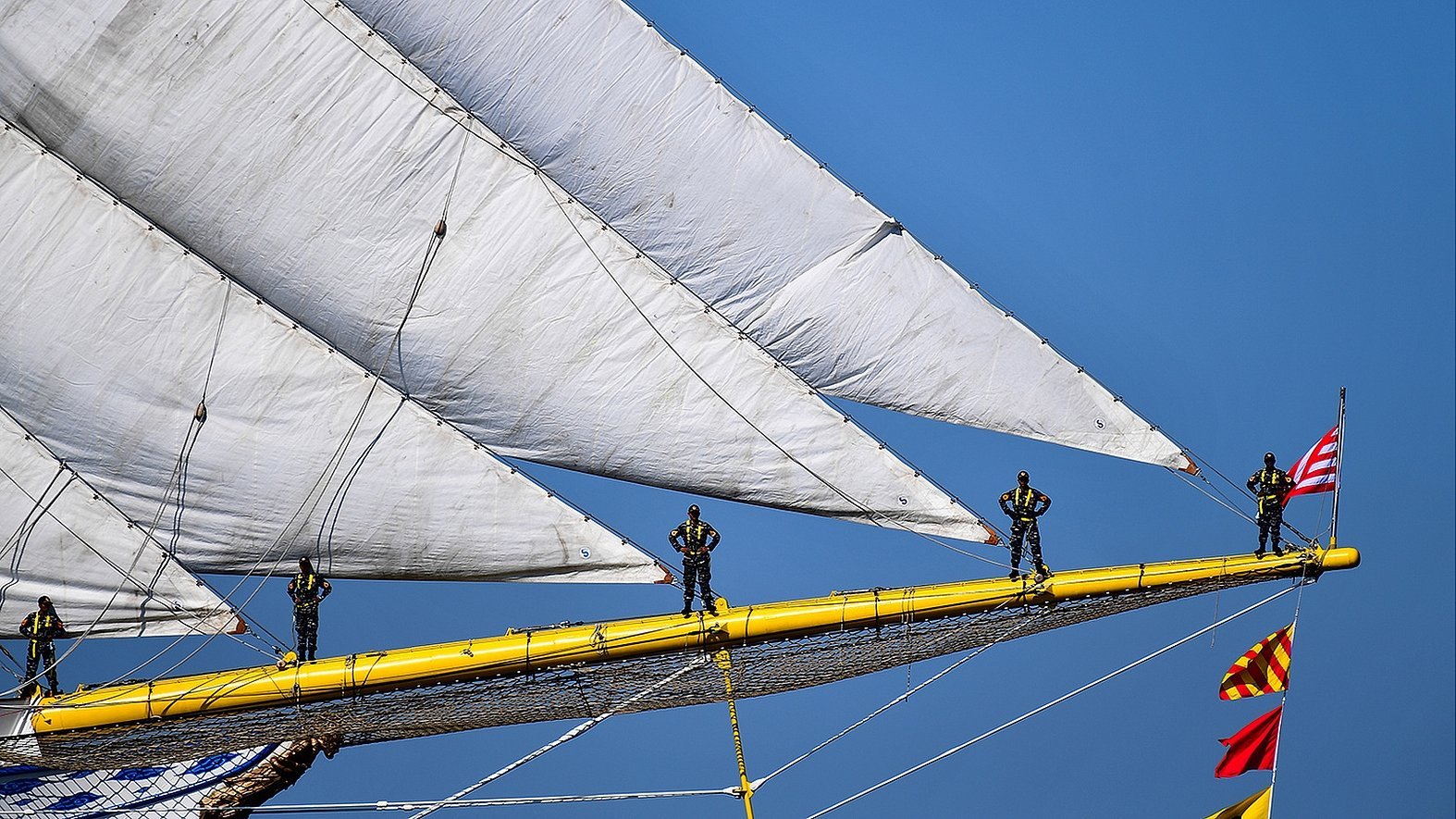
Types of products made of tarpaulin fabric
Tents, awning fabrics, car shelters, equipment, machinery, special clothing – vests, overalls, capes, gloves – are made from SCVP (waterproof).
The fire-resistant type, for example, article 11292 OP, is used for sewing welding equipment, clothing for firefighters, metallurgists. A spark or fire, getting on such clothing, goes out.
Additional information. Fire-resistant tarpaulin is not completely fireproof, it can withstand fire for a certain period of time. For example, burn resistance is approximately 50 seconds (depending on the treatment). In addition, it does not produce caustic, poisonous gases when burning.
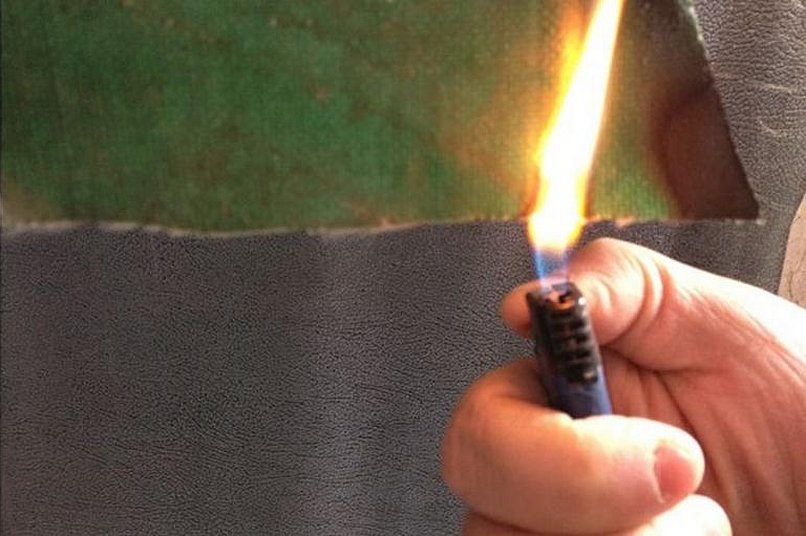
Bio-impregnation enhances anti-rot properties. Helps in the manufacture of formwork, in earthworks, in logging.
Thin tarpaulin is used to make backpacks, various bags with many very convenient pockets, as they have different colored textures, do not wear out quickly, are easy to wash, do not lose their shape, are comfortable to wear, and do not cause irritation when in contact with the body.
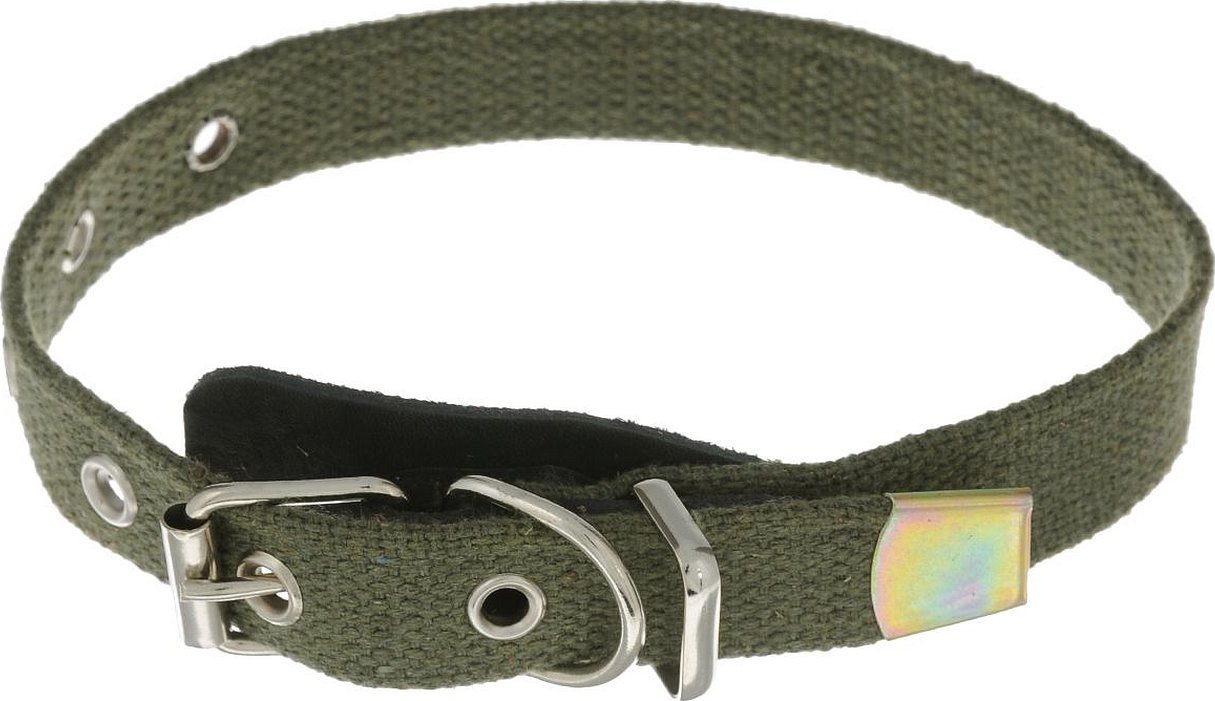
They sew various belts, collars for dogs. They look beautiful, for example, when rivets are used. They also make covers for cutting tools - knives, axes, pliers, nippers.
Fire hoses and awnings for military vehicles are still sewn only from tarpaulin. In the navy (both military and civilian), all items on the deck are protected from both rain and sun by tarpaulin awnings. The main working uniform of fishermen is a tarpaulin robe.
Care of products made of tarpaulin fabric
Tarpaulin is a very simple, durable, waterproof, heat- and light-resistant material, so it does not require special care. At the same time, like any other products, items made of tarpaulin fabric need to be periodically cleaned of dirt and dust knocked out. The most necessary procedure for tarpaulin products is drying. The material is capable of absorbing a large amount of moisture, which is why it can quickly rot. Therefore, tarpaulin products, even with waterproof impregnation, must be thoroughly dried after use.
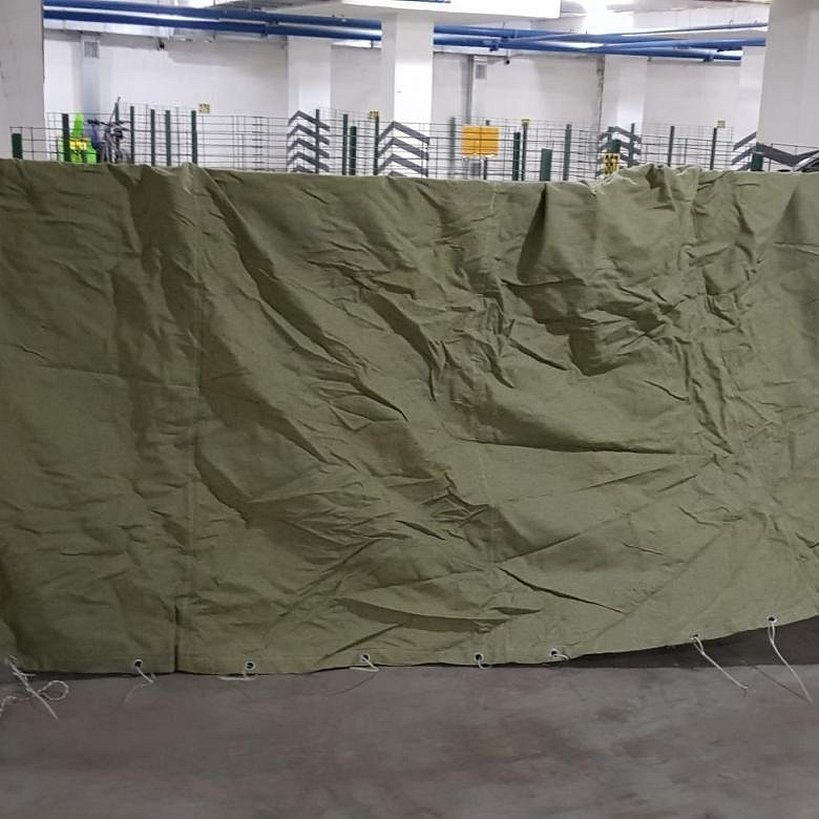
For your informationHumidity is the main reason for the short service life of tents, backpacks, awnings, etc. A tent that has not been dried out will rot within one winter.
When storing, it is necessary to protect from direct sunlight, since tarpaulin, even with the appropriate impregnation, has a tendency to fade in the sun and begins to tear. If you follow these simple rules, tarpaulin products will last a very long time.
Advantages and disadvantages
There are many advantages of tarpaulin fabric. These include strength, wear resistance, water resistance, and heat resistance. Other advantages include relative cheapness, durability, and shape retention. All this makes the scope of application of tarpaulin virtually unlimited. Another advantage is that it does not emit harmful or toxic substances when burning or rotting.

However, there are also significant disadvantages. Tarpaulin is a very heavy material (compared to other fabrics), sewing the fabric is quite labor-intensive, the material easily absorbs moisture, and hardens. Wet material is difficult to carry and fold. Wet composition is subject to rotting. Tarpaulin fabric is rough, so it is used mainly in the manufacture of workwear.
Tarpaulin is a fabric that has a wide range of applications due to its advantages. Although many synthetic fabrics have appeared that surpass tarpaulin in individual properties, it still remains unrivaled in terms of its overall properties.



